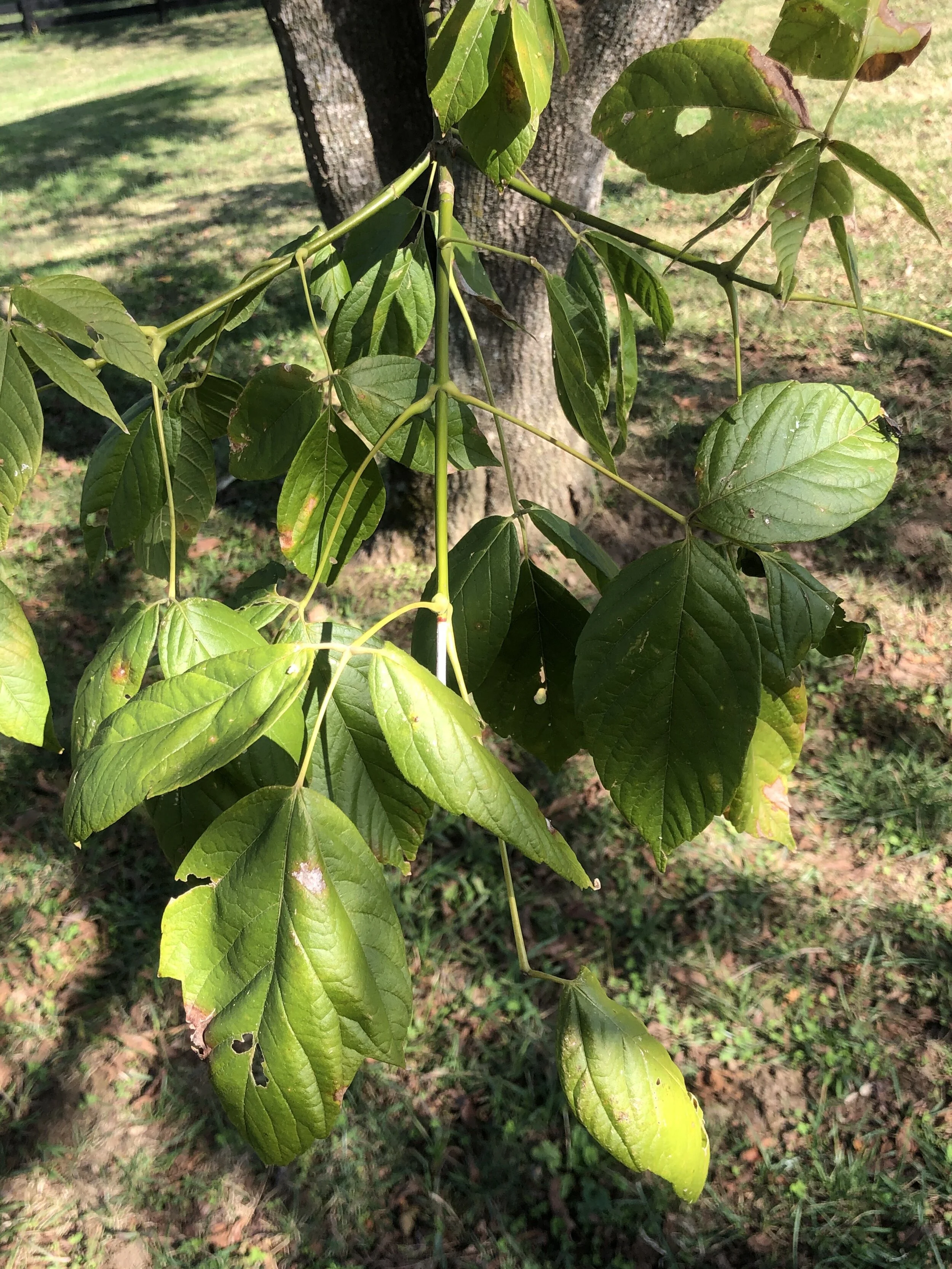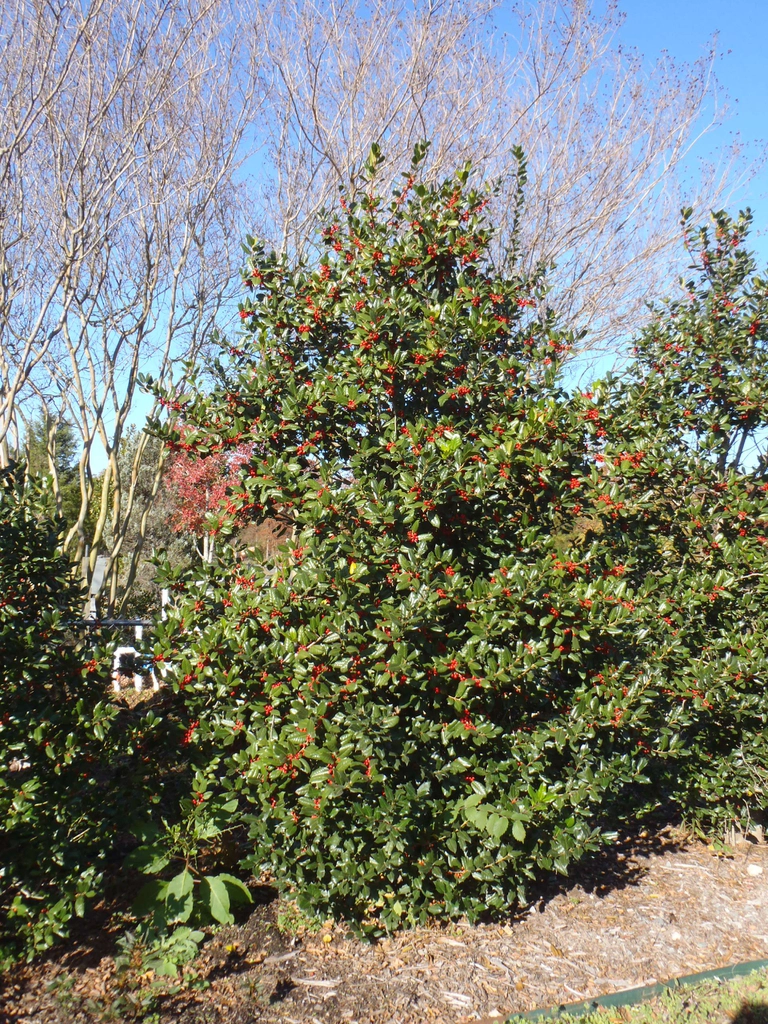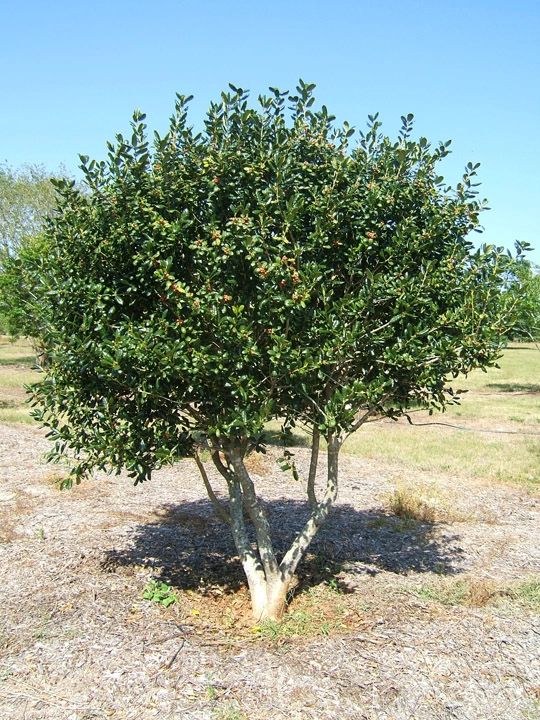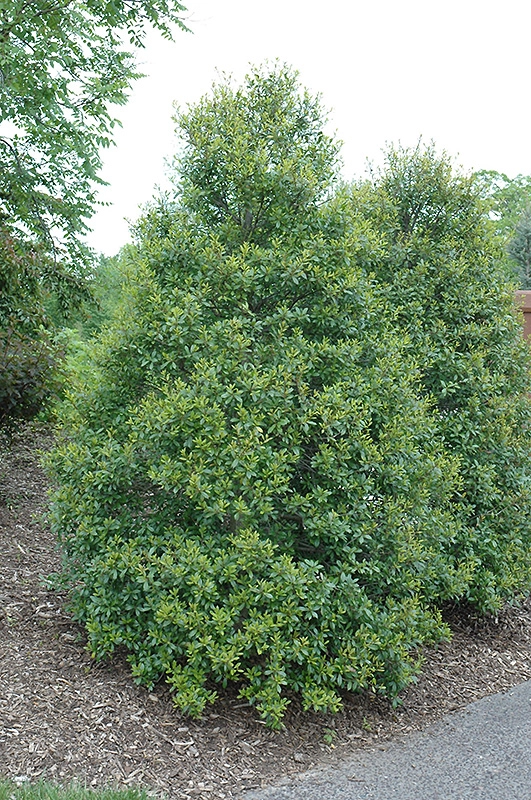by nashtreefound
Share
Share
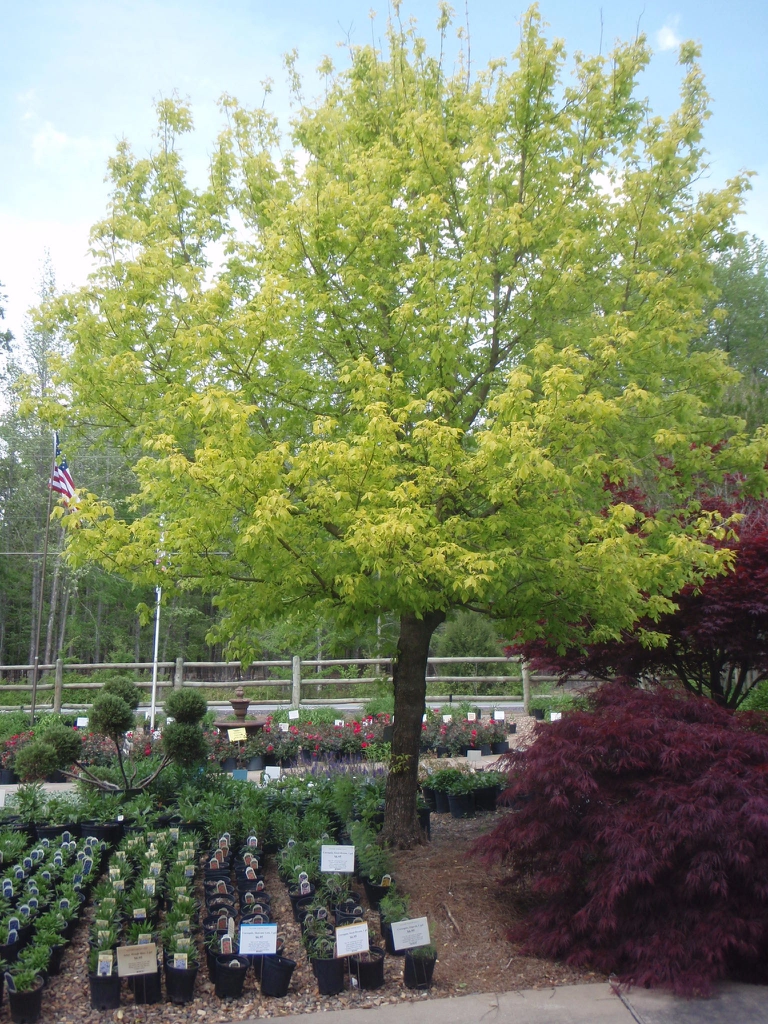
The box-elder is not an elder at all, but rather it is a species of maple. This native tree does not get much love from gardeners or other plant enthusiasts, and it’s easy to understand why. Most any tree reference will use words like “trash tree” or “weedy” when describing this species, and while we cannot dispute those characterizations, we do think this tree deserves a little respect or at least some acknowledgement for its adaptability; the box-elder is native to every state in the continental U.S., and that in itself is noteworthy. Equally noteworthy and unlike all other native species of maple, the box-elder has compound leaves. Those leaves are said to resemble the leaves of elderberry thus the origin of the common name. The fruit is also unique, especially among maples native to the Southeast, in that the fruit (a schizocarp) that are paired (a samara) are borne in pendulous chain-like clusters (infructescence).
Despite it’s distinctly different morophological characteristics, the box-elder is perhaps most widely known for its association with the harmless home-invading insect that bears its name, the box-elder bug (Boisea trivittata). The box-elder bug is a true bug and belongs to the Order Hemiptera unlike other insects that are commonly referred to as bugs but are not technically classified as such, i.e. ladybugs and sowbugs (which is not an insect at all). Box-elder bugs feed almost entirely on the developing fruit of box-elder trees and may go unnoticed until the cool autumn weather settles in. It is at this time that box-elder bugs become gregarious and start gathering on the south and west side of tree trunks, buildings and other structures. As temperatures cool further they eventually begin seek refuge inside…. YOUR HOUSE! They enter through any crack or crevice they can find while yelling to their friends to follow behind. Think of it this way… during the summer box-elder bugs hang out alone or with a few friends, but when fall arrives, they gather in large groups like teenagers at a party or bonfire and are content doing so until it starts getting colder at which time the whole party moves inside to your attic, basement, or whatever part of your house they can access.
Box-elder trees are either male or female (dioecious) so if you see fruit which is present now, you know that that tree is a female. Take a look around and see if you can spot a female box-elder or two, and if you do, you may find several hundred box-elder bugs on the south side of the trunk as they scope out then decide which house will serve as their winter party pad!
Cherry Laurel Prunus caroliniana Type: Broadleaf evergreen Native Range: Southern United States Zone: 7 to 10 Height: 15.00 to 20.00 feet Spread: 10.00 to 15.00 feet Bloom Time: February to April Bloom Description:
Nellie R. Stevens Holly Ilex x ‘Nellie R. Stevens’ Type: Broadleaf evergreen Zone: 6 to 9 Height: 15.00 to 25.00 feet Spread: 8.00 to 12.00 feet Bloom Time: April Bloom Description: Greenish-white Sun:
Burford Holly Ilex cornuta ‘Burfordi’ Type: Broadleaf evergreen Zone: 7 to 9 Height: 6.00 to 8.00 feet Spread: 8.00 to 10.00 feet Bloom Time: May Bloom Description: White Sun: Full sun to part
Foster’s Holly Ilex x attenuata ‘Fosteri’ Type: Broadleaf evergreen Zone: 6 to 9 Height: 20.00 to 30.00 feet Spread: 10.00 to 20.00 feet Bloom Time: April to May Bloom Description: White Sun: Full


